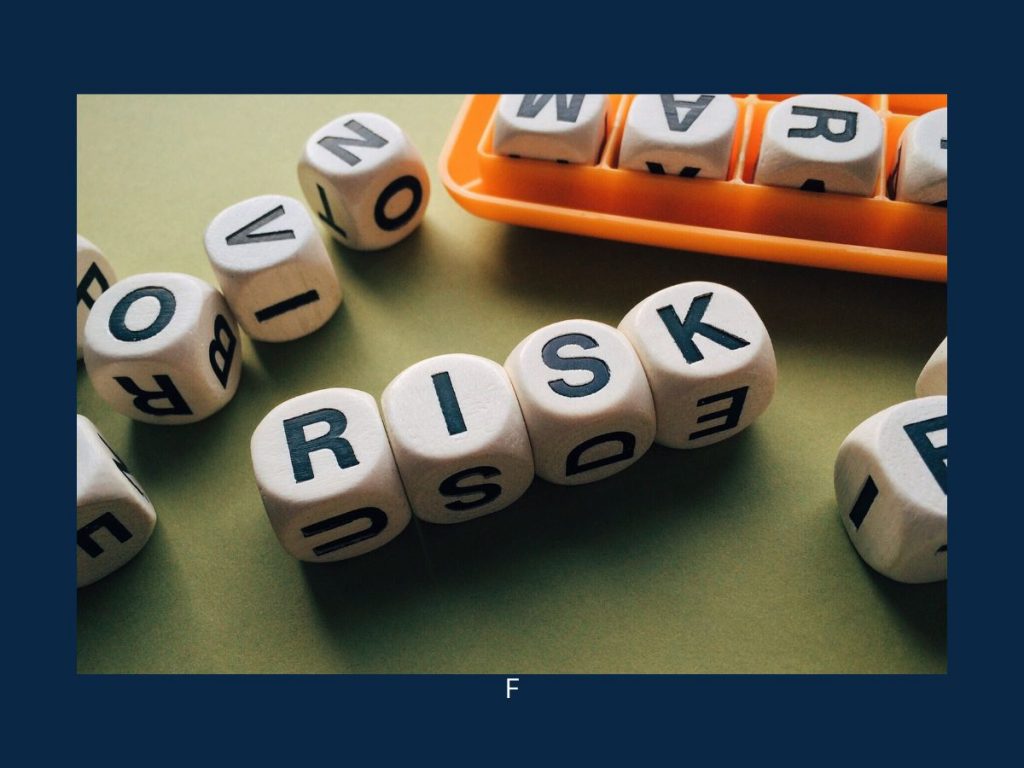What is Risk?
In today’s market, mutual funds are among the most widely acquired securities. Mutual funds provide competitive returns, which are convenient, diversified, and expertly managed. These investments do, however, carry certain risks.
Mutual funds are regarded as a generally safe investment vehicle, but their performance is influenced by current market fluctuations. Mutual fund investing entails certain risks, just like any other programme. The value of these instruments is affected by a variety of factors, including the government’s economic policies, the country’s current economic situation, the difference between supply and demand, etc., which affect the risk in investment associated with mutual funds. You must carefully select your mutual fund to maximise your return on investment.
What are the risks associated with Investments?
Investments come with low-risk mutual funds, even if they can be profitable. Your initial investment may be lost entirely or partially.
You will be in a better position to choose which risks you are ready and able to take if you are aware of the risk-free investment. Price risk, market risk, concentration risk, and credit risk are risks that most investors are familiar with, but there are a few others that you should be aware of as well.
Price Risk: The value of your investment could decrease due to price risk, which is tied to the cost of an investment product. This risk is influenced by the investment’s return, supply and demand, and shifting investor perceptions.
Market Risk: Market risk is the possibility of sudden price rises or declines due to shifting investor sentiment. This is sometimes referred to as the market’s “volatility.”
Concentration Risk: A concentrated portfolio is one in which the number of investment kinds is limited to one or a few.
Credit Risk (for bonds): Companies or governments generally issue bonds. A bond’s issuer, who is also its debtor, must be able to make interest payments and repay the bond’s principal when the period is over. It’s referred to as the debtor’s creditworthiness, and it’s quantified as a credit rating. The interest you will pay on the bond will decrease as the credit rating increases. In contrast, the higher the interest rate, the lower the credit rating.
Currency Risk: If you own an investment product denominated in a currency other than the euro, this other currency may be risky because it may depreciate in value relative to the euro. The value of your euro investments will also be impacted by this.
Interest Risk: Interest is the price paid to borrow money. Modifications in the market interest rate can directly impact fixed-rate bonds or share prices. Interest risk is also known as price risk. Overall, if the interest rates increase, the fixed-rate bond prices or share prices will descend accordingly.
Steps to reduce risks in investment
Step 1: Ensure you’re well prepared
Make sure you won’t need the money for a while before you begin investing, and consider whether you’re willing to accept the dangers. What are your financial objectives, and how crucial is it that you achieve them?
Step 2: Determine each possible risk
Identify all the possible risks, including the risk of inaction. This brainstorming should take into account any potential issues that can arise.
Step 3: Probability and Impact
What is the chance that the risk will materialise? What would happen to the company if the risk materialised? The matrix formed by these dimensions is a helpful analytical tool.
Step 4: Spread your investments
Rolling out your investments reduces the risk of concentration. You can invest in four different asset classes: shares, bonds, alternative investments, and liquid assets. You can greatly improve your chances of success by distributing your investments among these four groups.
Step 5: Monitoring
When a risk is discovered sooner rather than later in a process, it is frequently simpler to decrease or eliminate it. Establish up front who will be monitoring the effort, how it will be monitored, and how it will be reported.
Step 6: Disaster planning
How will each of the potential risks be managed if it emerges that they exist? What may go wrong with each risk is a useful question. Having backup plans in place enables the company to continue operating with little disturbance.
Interested in how we think about the markets?
Read more: Zen And The Art Of Investing
Watch here: Kuvera insights with industry experts.
Start investing through a platform that brings goal planning and investing to your fingertips. Visit Kuvera.in to discover Direct Plans and Fixed Deposits and start investing today.#MutualFundSahiHai #KuveraSabseSahiHai!

